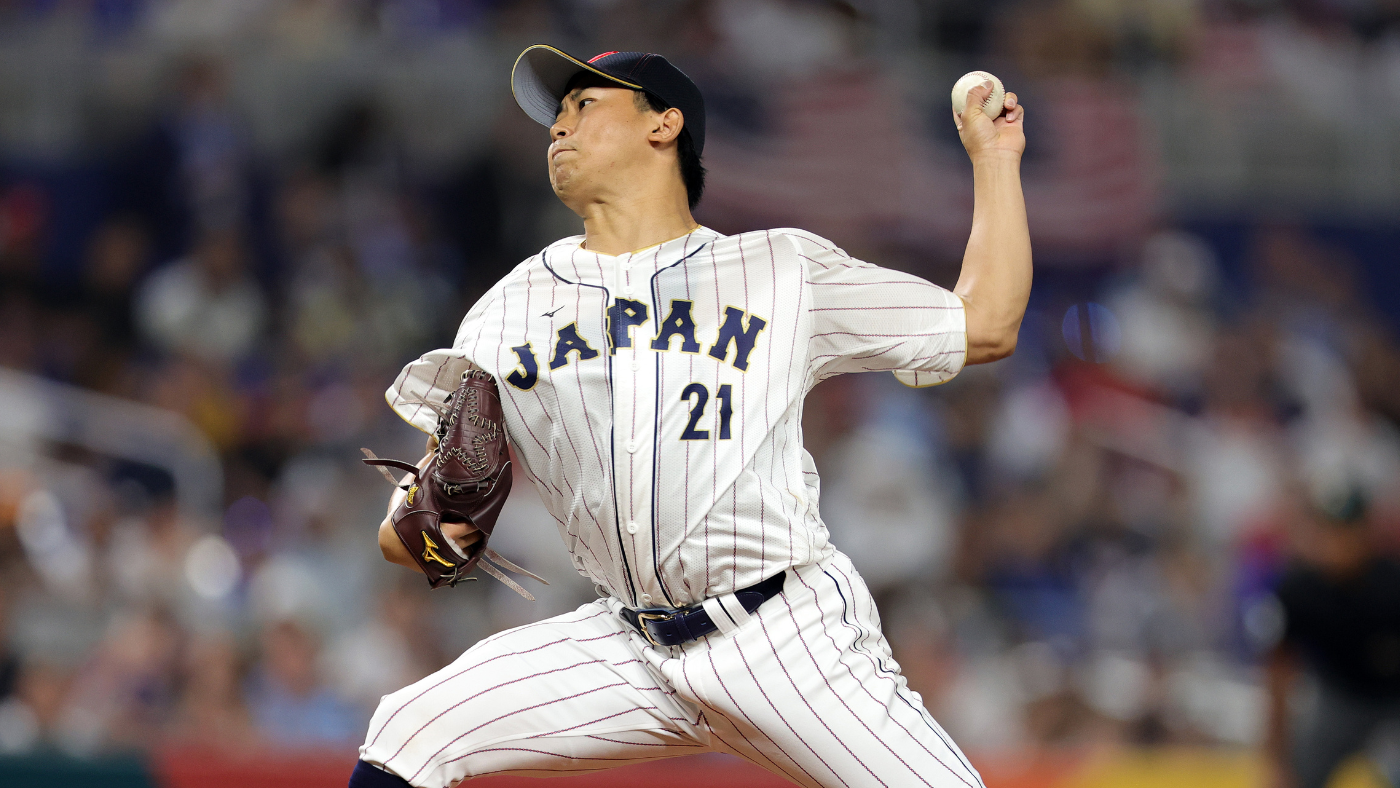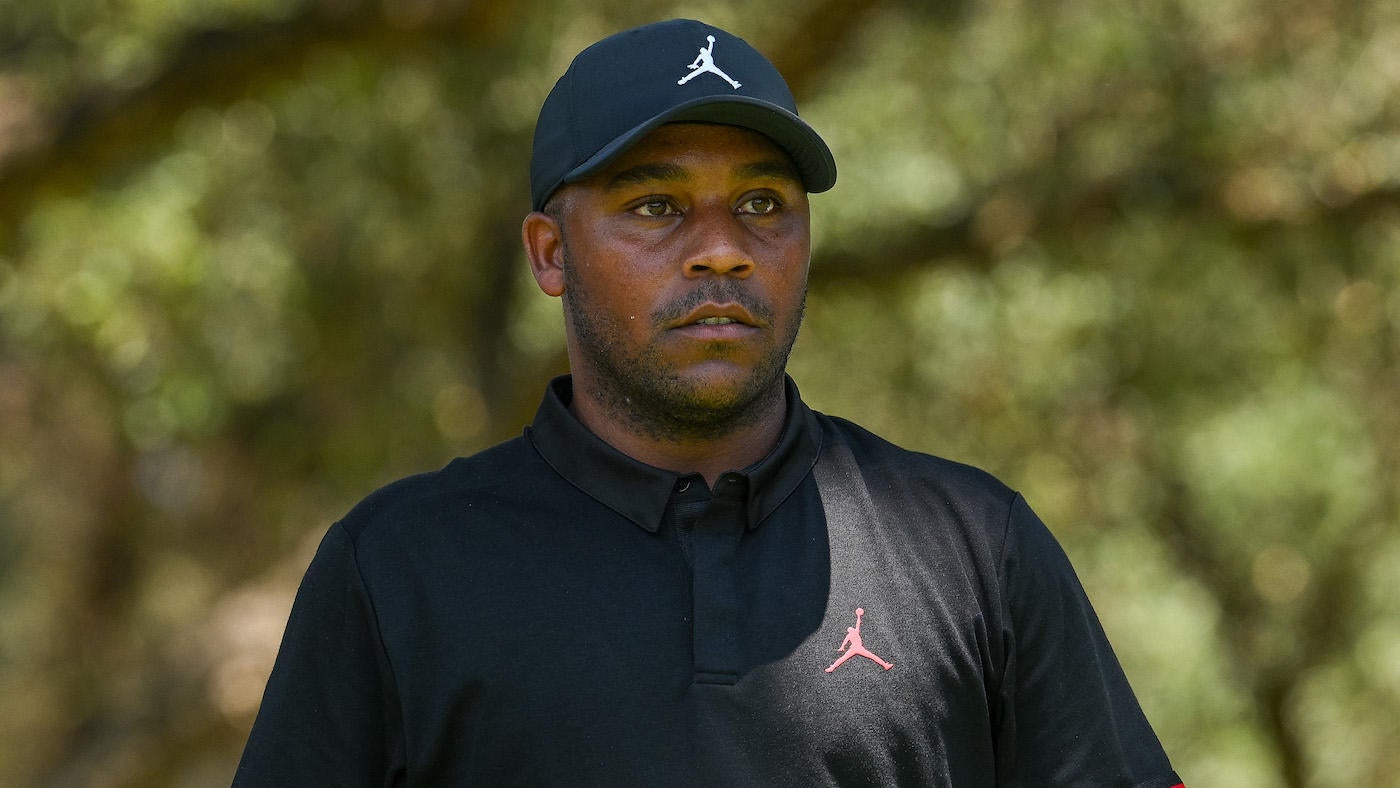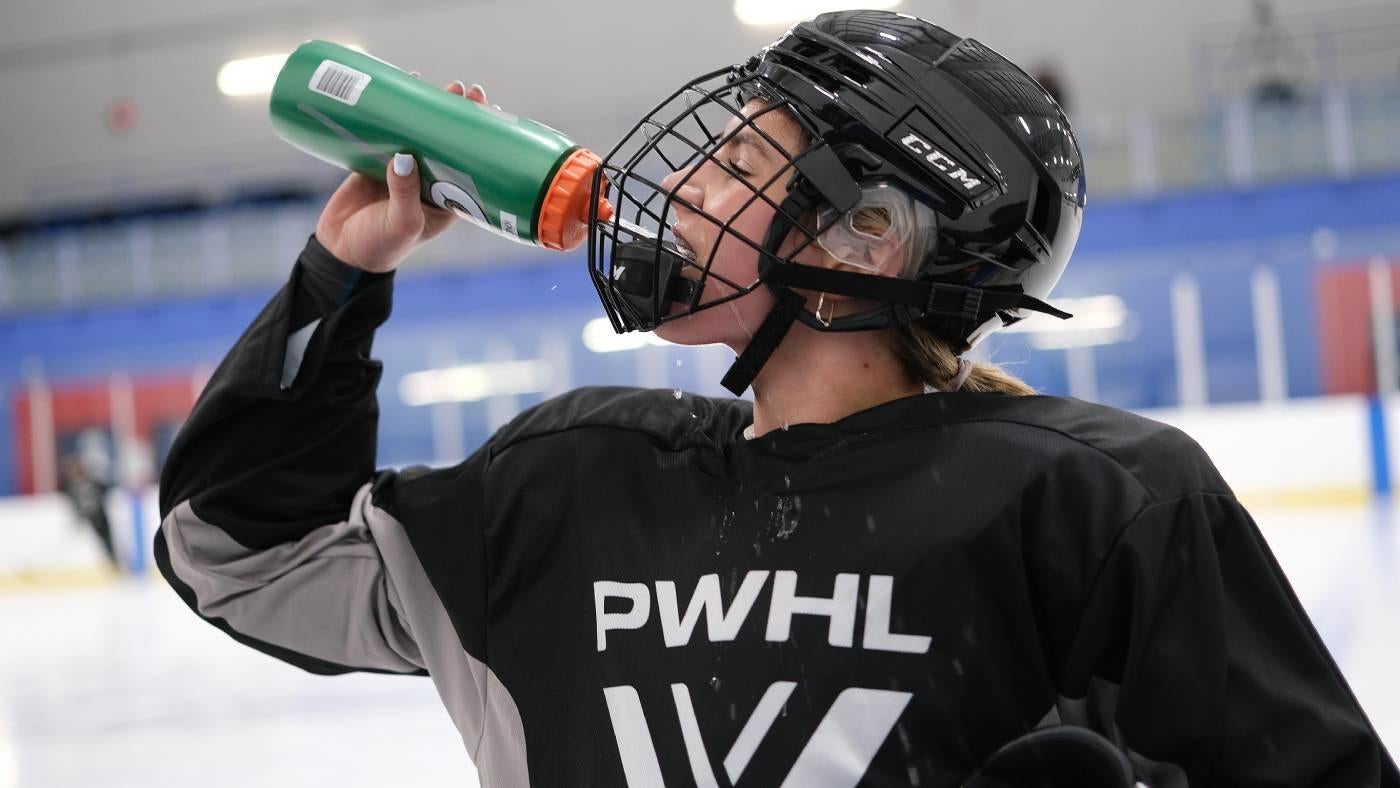Shota Imanaga free agency: Three things to know about NPB pitcher overshadowed by Yoshinobu Yamamoto
Written by CBS SPORTS ALL RIGHTS RESERVED on December 29, 2023

It’s no secret that Japanese pitchers have dominated Major League Baseball’s offseason. First, it was two-way sensation Shohei Ohtani. Then came Yoshinobu Yamamoto, who has since joined Ohtani with the Los Angeles Dodgers. Roki Sasaki grabbed his share of headlines because of his rumored desire to bring his talents across the Pacific Ocean as soon as possible.
While Sasaki’s arrival date is yet to be determined — it could be next winter, or not for a while — the same is not true for longtime Yokohama DeNA BayStars left-hander Shota Imanaga, who has been overlooked on the public front as he closes in on the Jan. 11 deadline of his posting window.
Rest assured that Imanaga is a known quantity to MLB front offices. A number of teams’ interest in him has been bruited about, ranging from the New York Yankees to the Boston Red Sox to the San Francisco Giants. Entering the offseason, CBS Sports considered Imanaga to be the winter’s 42nd best free agent. That rank appears to have undersold Imanaga’s market, with ESPN’s Jeff Passan reporting earlier this month that he could fetch a nine-figure deal. (Imanaga, 30, is not subject to MLB’s wage-suppressing rules for younger international players.)
Just who is Imanaga and what makes him interesting? Below, we’ve highlighted three other things worth knowing about him and his game.
1. Impressive track record
Imanaga may lack Ohtani’s starpower, Yamamoto’s accolades, and Sasaki’s intrigue, but that doesn’t mean he’s some tomato can. Rather, he’s a highly accomplished pitcher who scouts have tabbed as a mid-rotation type in MLB.
Across eight seasons in NPB, the world’s second-best league, Imanaga amassed a 2.96 ERA and struck out more than 26% of the batters he faced. (He even led the Central League in strikeouts last season.) He made two All-Star Games and he threw a no-hitter against the Hokkaido Nippon-Ham Fighters in 2022.
Imanaga has also represented Japan in international competition. Those who watched the World Baseball Classic final last spring may recall seeing him strike out a pair in two innings of work against the American squad.
2. Intriguing profile
Despite Imanaga’s strikeout tendencies in Japan, he’s not going to blow anyone away with pure velocity on this side of the Pacific. His fastball averaged just 92 mph last season, according to data obtained by CBS Sports. For reference, MLB lefties averaged 93.2 mph on their four-seamers in 2023.
Imanaga’s heater has nevertheless remained his primary offering because of the pitch’s innate “rising” action. He’ll be at home in that regard in MLB, with teams flocking in recent years to pitchers who can elevate their fastballs.
When Imanaga wants to change the pace, he usually turns to a low-80s slider that generated almost 40% whiffs last season. For context’s sake, that percentage would have ranked him in the top 10 among left-handed starters who threw at least 100 sliders during the 2023 campaign — and ahead of the likes of Chris Sale and Clayton Kershaw, among other accomplished veterans.
Imanaga does possess a number of other pitches, but those two offerings — the carrying fastball and the slider — combined for a 75% usage rate. It’s possible that his future MLB employer will ask him to alter his pitch mix. Imanaga’s splitter, for example, generated nearly 50% whiffs despite being thrown fewer than 150 times across his 24 appearances in 2023.
3. Some transferability concerns
Every incoming NPB pitcher has to adjust to MLB’s baseball (the NPB ball provides a better natural grip) and schedule (NPB pitchers start once a week). Beyond those general concerns, evaluators who have spoken to CBS Sports have expressed reservations about other parts of Imanaga’s game.
Foremost, Imanaga is unlikely to be a workhorse type. He’s never thrown more than 170 innings in a season, and he’s averaged about 155 frames over the last three years. Yamamoto, working on the same schedule over the same three-year timeframe, averaged 186 innings per pop.
We will note that New York Mets right-hander Kodai Senga delivered 166 innings in his “rookie” MLB season — and that was despite having previously failed to reliably clear 150 innings in Japan. Senga’s initial workload suggests that Imanaga isn’t necessarily doomed to a relatively low innings count.
Imanaga is also a big-time fly-ball pitcher, with only 35% of his batted balls earning a “ground ball” classification. That rate would have landed Imanaga in the bottom five of the majors among qualified pitchers, giving some scouts pause about how he may fit in more hitter-friendly ballparks.
It shouldn’t surprise anyone that there are some potential blemishes to Imanaga’s game. After all, that’s usually the case for mid-rotation starters — otherwise, they wouldn’t be labeled mid-rotation starters in the first place.
Even with those negatives in tow, Imanaga has enough going for him to envision him serving as a quality contributor in someone’s rotation. Expect to hear more about him over the coming weeks, even if he’s remained in the shadows to date.
The post Shota Imanaga free agency: Three things to know about NPB pitcher overshadowed by Yoshinobu Yamamoto first appeared on CBS Sports.






